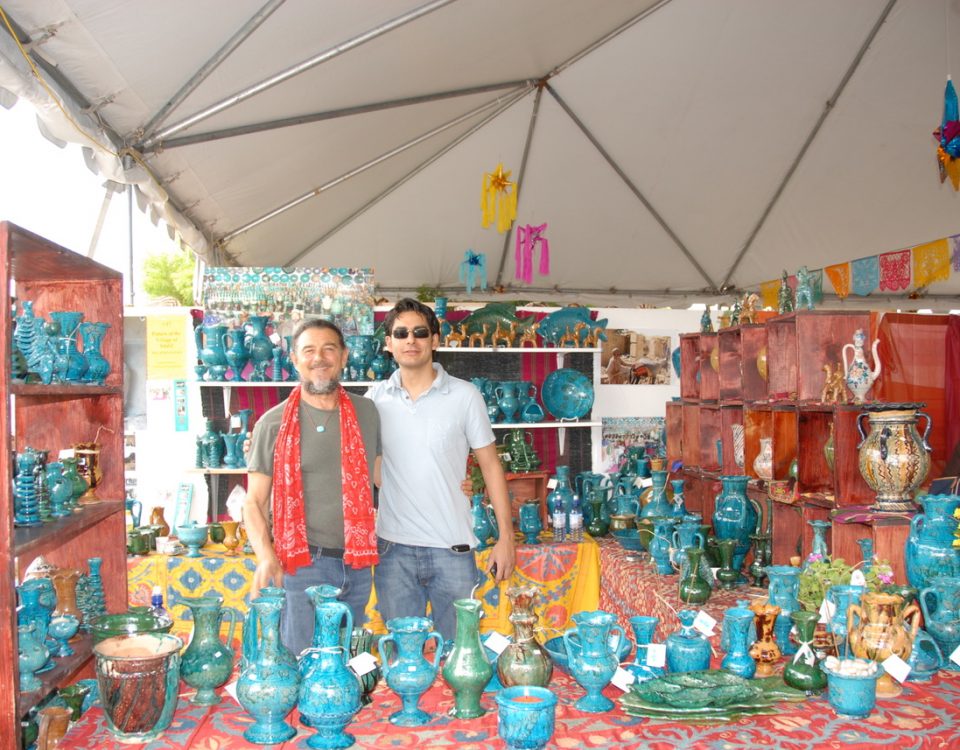Reviving Istalif, Afghanistan
The Destruction of Istalif
Istalif, a beautiful village 45 minutes north of Kabul, Afghanistan was always a popular tourist and picnic destination. Famous for its mineral springs, mountain views, rivers, 99 varieties of grapes, as well as its colorful marketplace, Istalif was especially known for the renowned turquoise and green pottery that had been produced there for centuries.
Istalif was completely destroyed by the Taliban in August of 1997. Its location on the front line of their battle with the Northern Alliance made it a strategic liability, so the Taliban torched the entire village, scattering 97 percent of its population. This beautiful, fertile village, with its archaic charm and gentle pastoral lifestyle, was reduced to a rubble-strewn ghost town, and all but a few of its inhabitants became refugees in Kabul or Pakistan.
Following the U.S. invasion and defeat of the Taliban in 2001, Afghanistan was liberated and there seemed to be a glimmer of hope for a new beginning, with Western support for reconstruction. But Istalif was unfortunately not on the agenda, with governmental funds prioritized for more populated areas.
Preserving Tibetan Culture
Mystical Arts of Tibet
The Mystical Arts of Tibet is a world tour endorsed by His Holiness the Dalai Lama to promote world peace and healing by sharing Tibet’s rich and authentic sacred performing and visual arts with modern audiences.
Yearly Sand Mandalas
We have been honored to host the monks each year since 2000 as they construct a sand mandala by pouring and combining millions of grains of colored sand. The creation process takes nine days, after which the mandala is ceremoniously destroyed; a beautiful metaphor for the impermanence of life. Read More
House Blessings & Special Events
Frequently along their tours the monks have the opportunity to offer ceremonies for individuals or their families. Their purpose is to bring well-being on all levels – in one’s health, relationships, business, and family – as well as to purify the home where the ritual is conducted. Read More



















